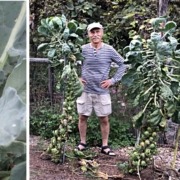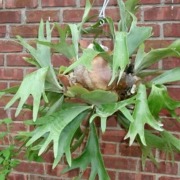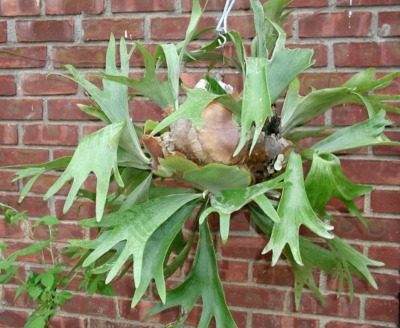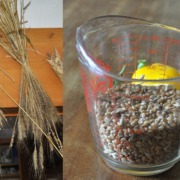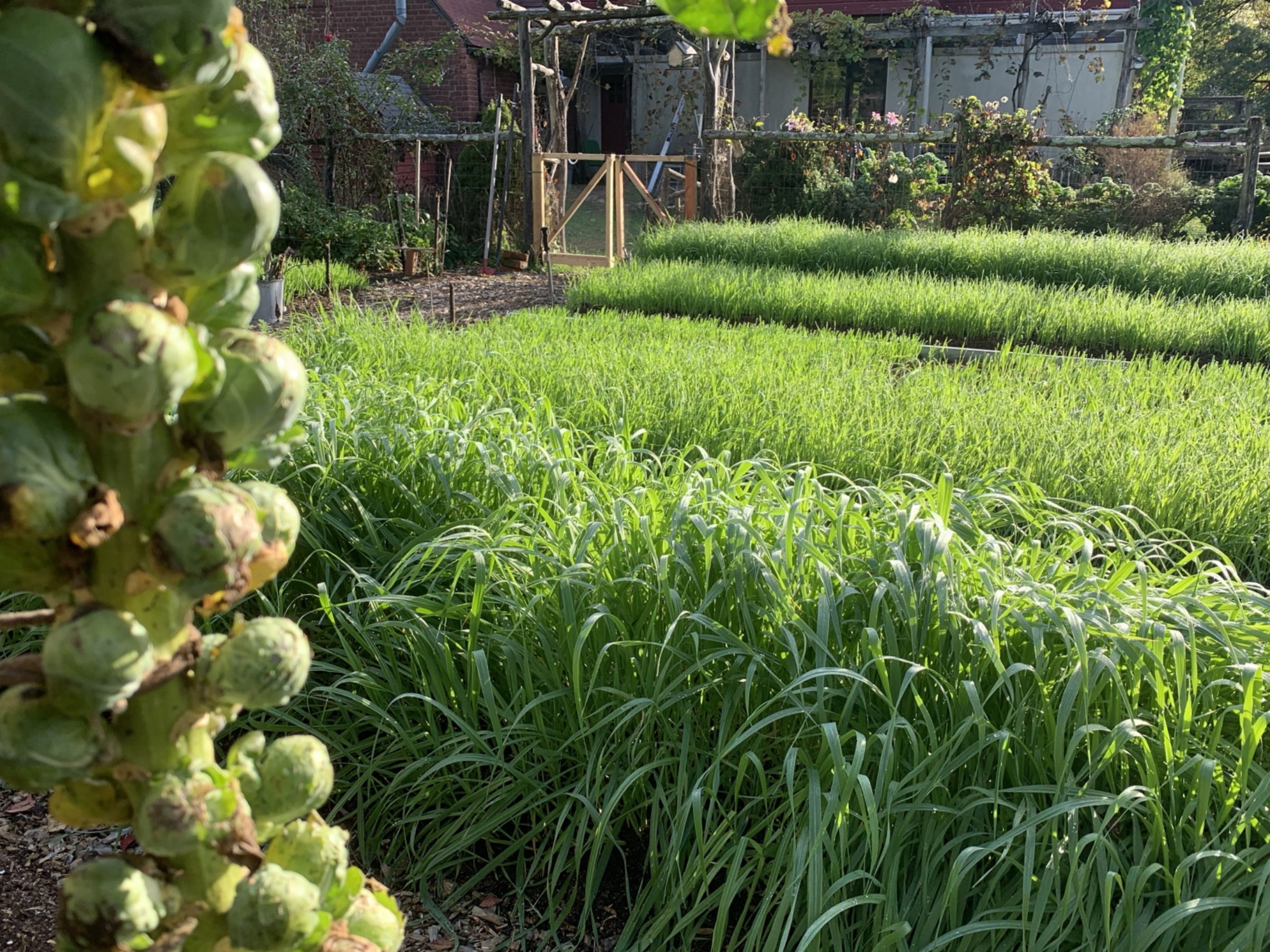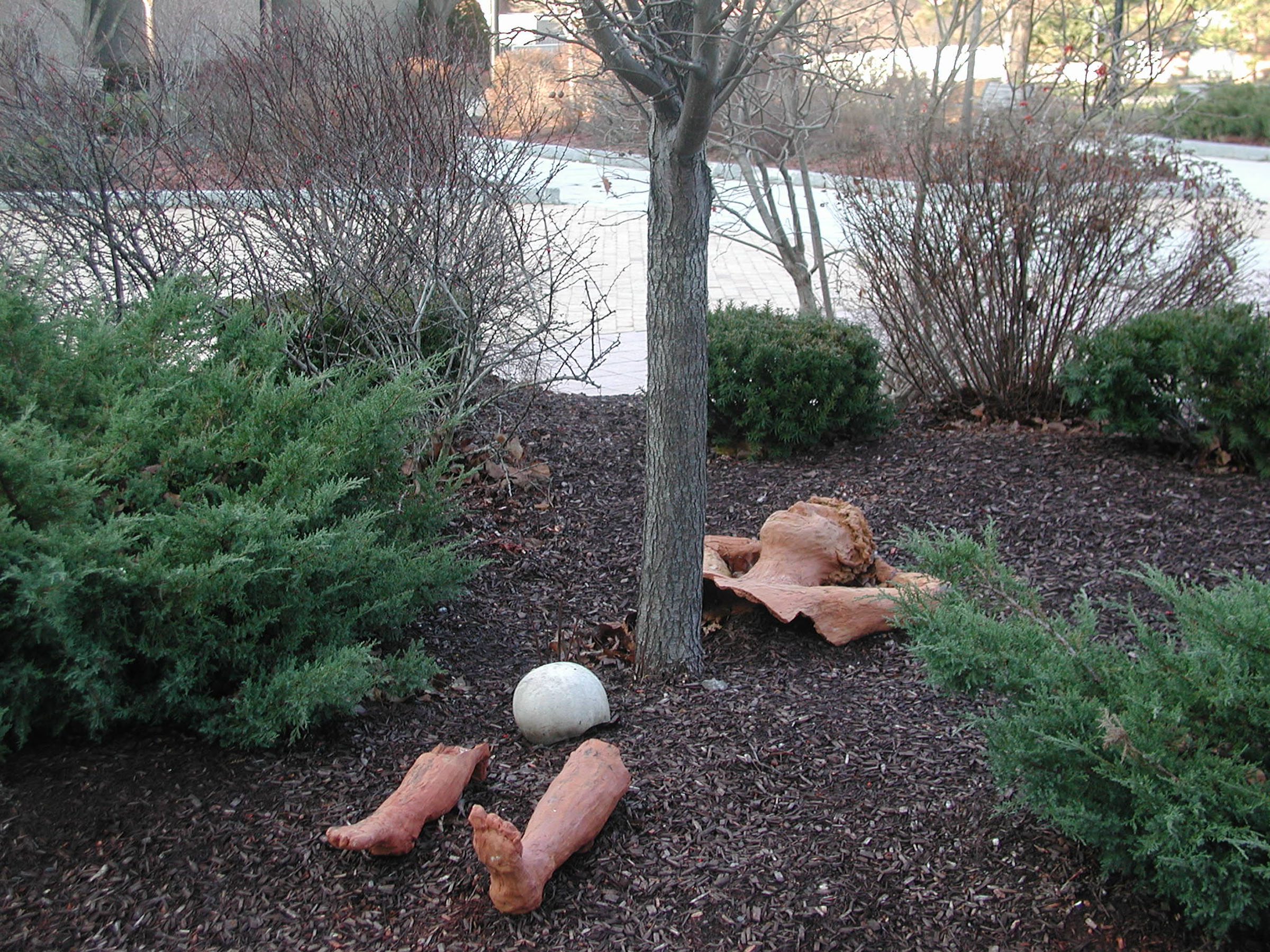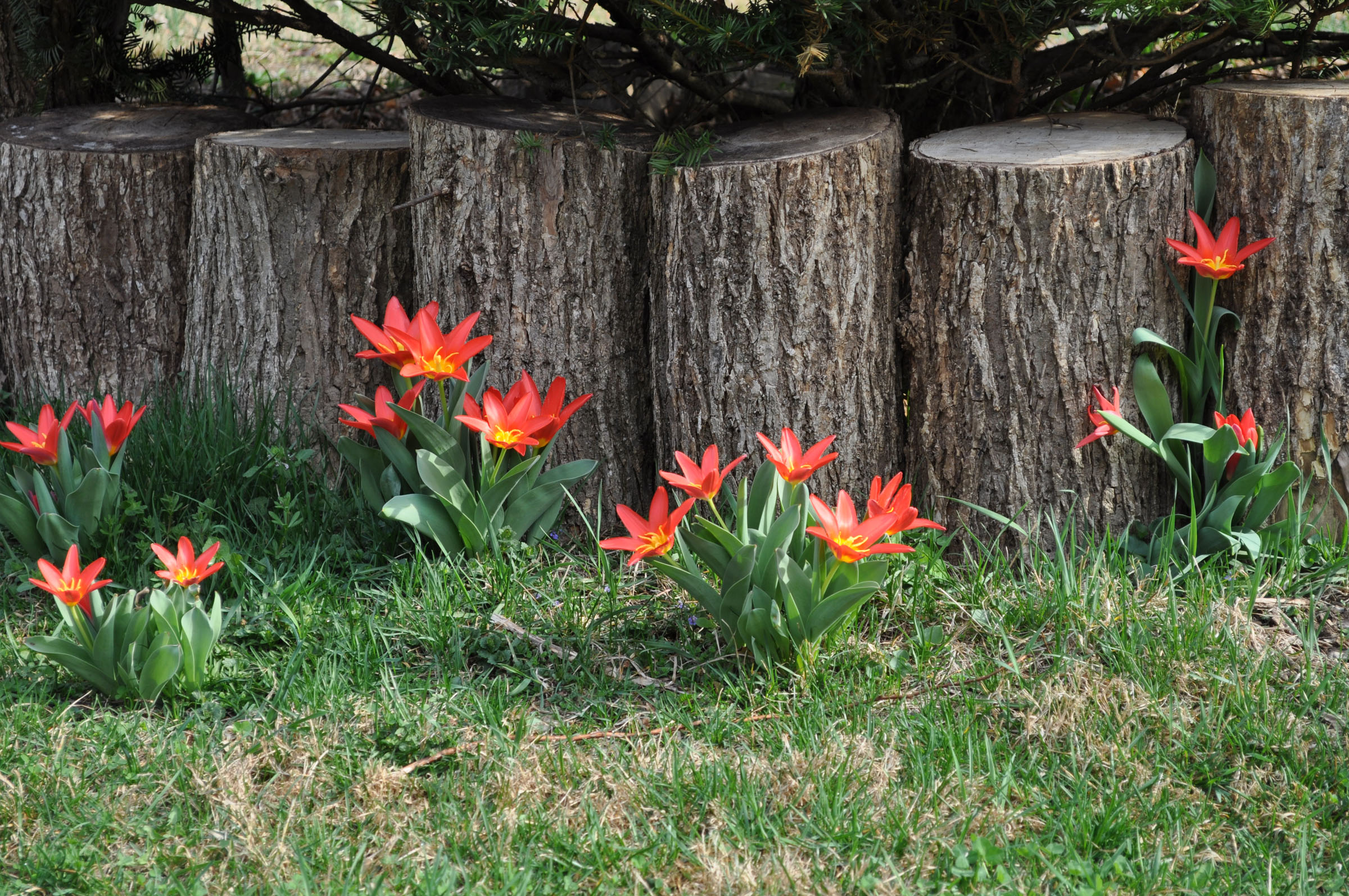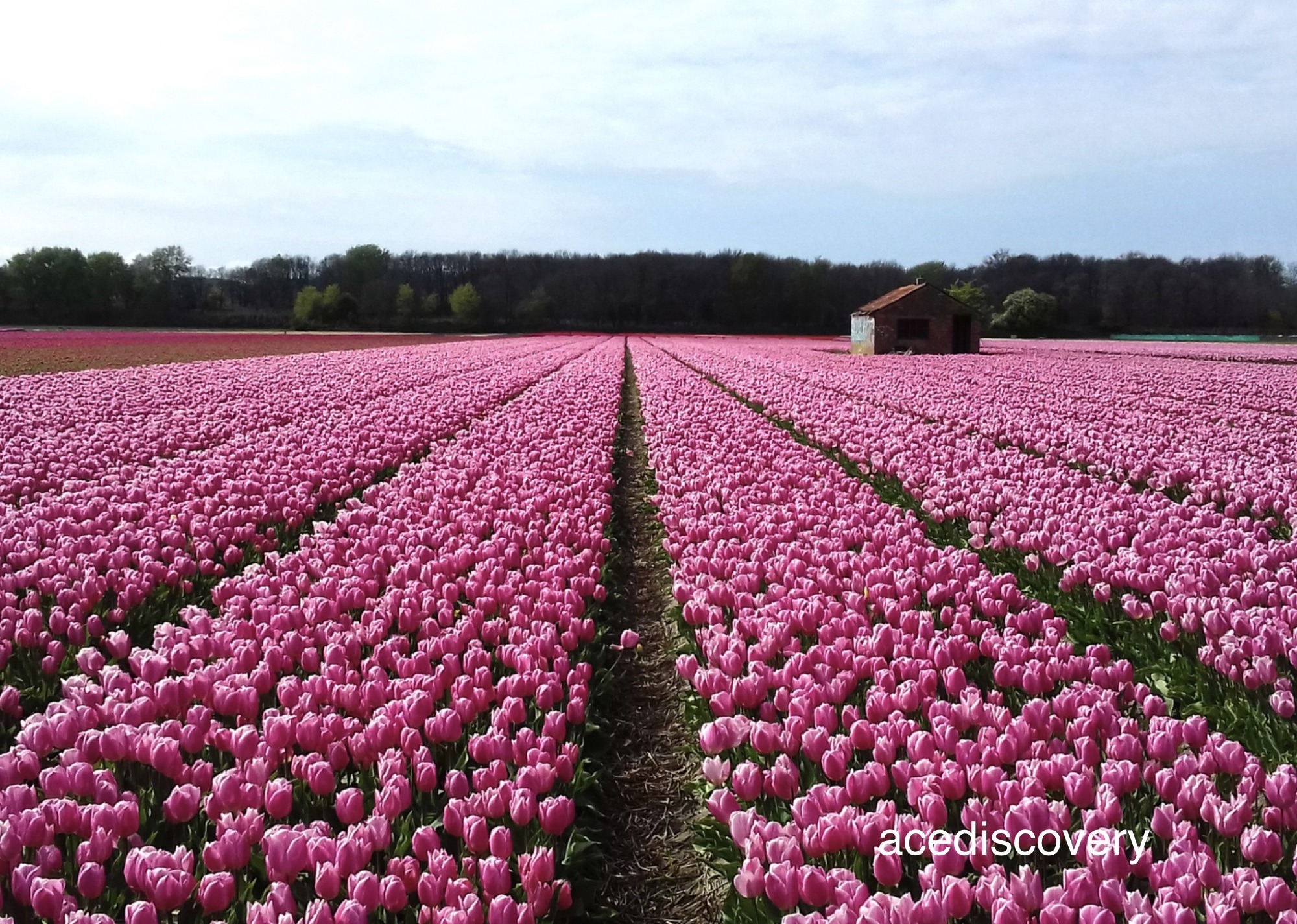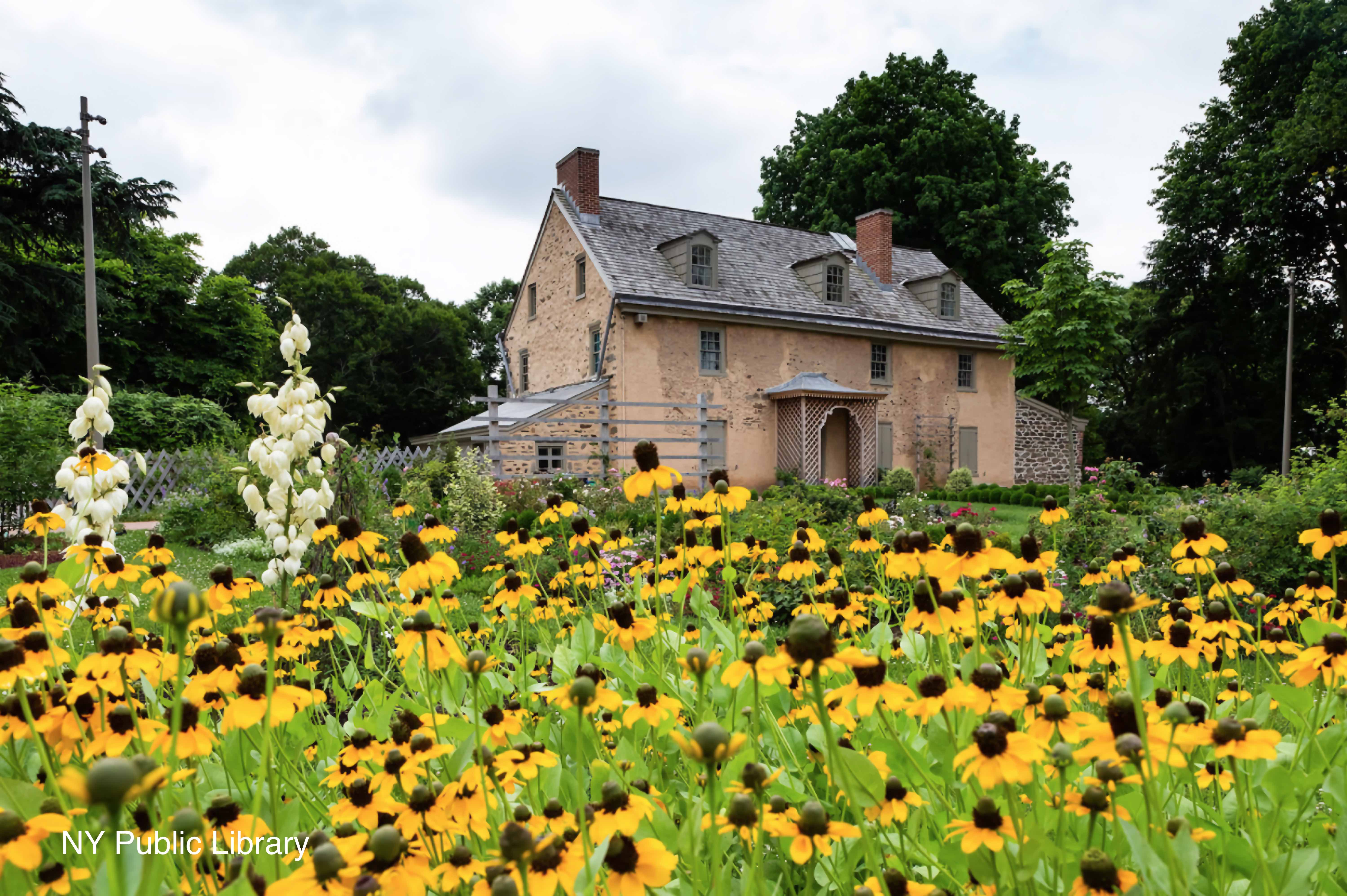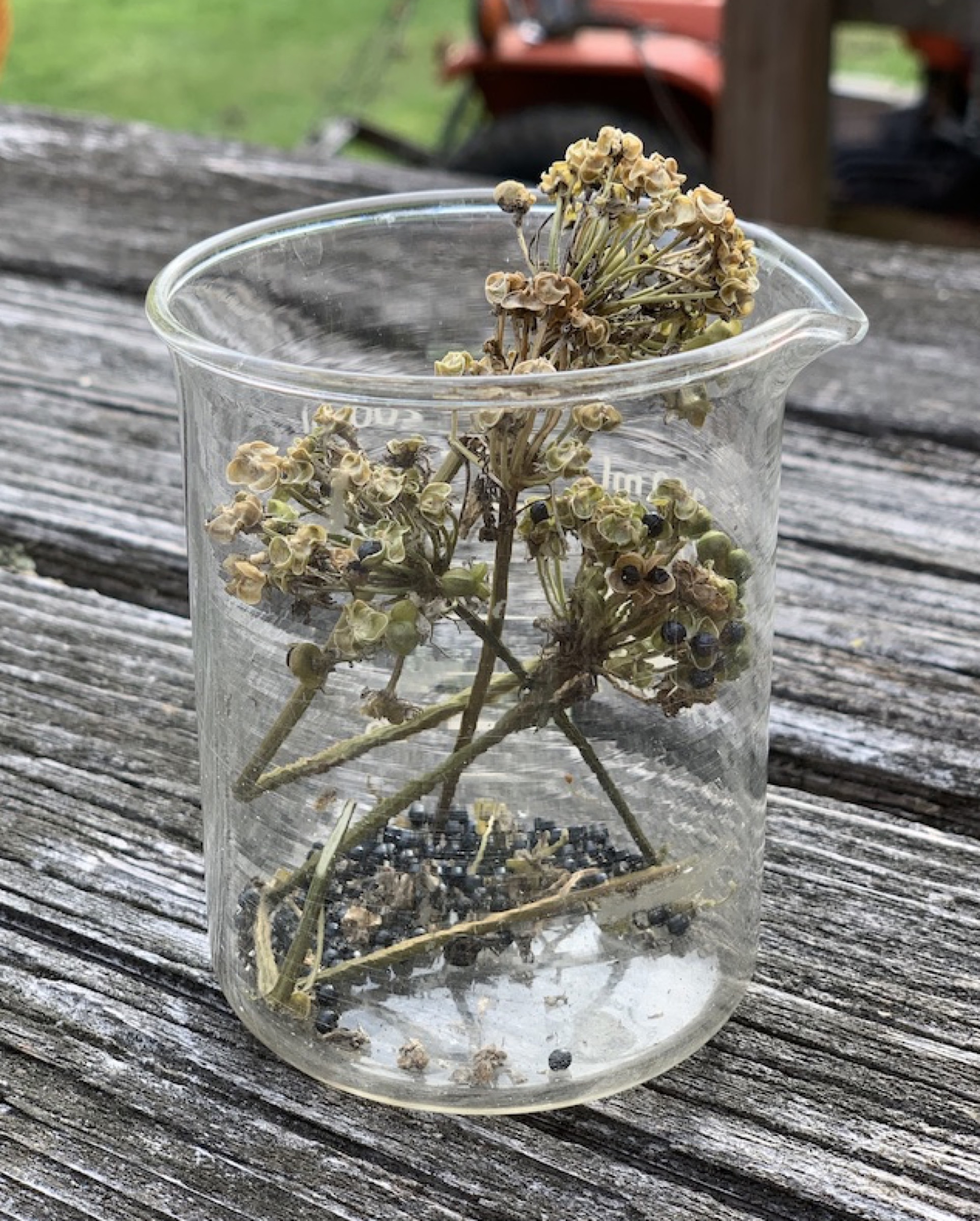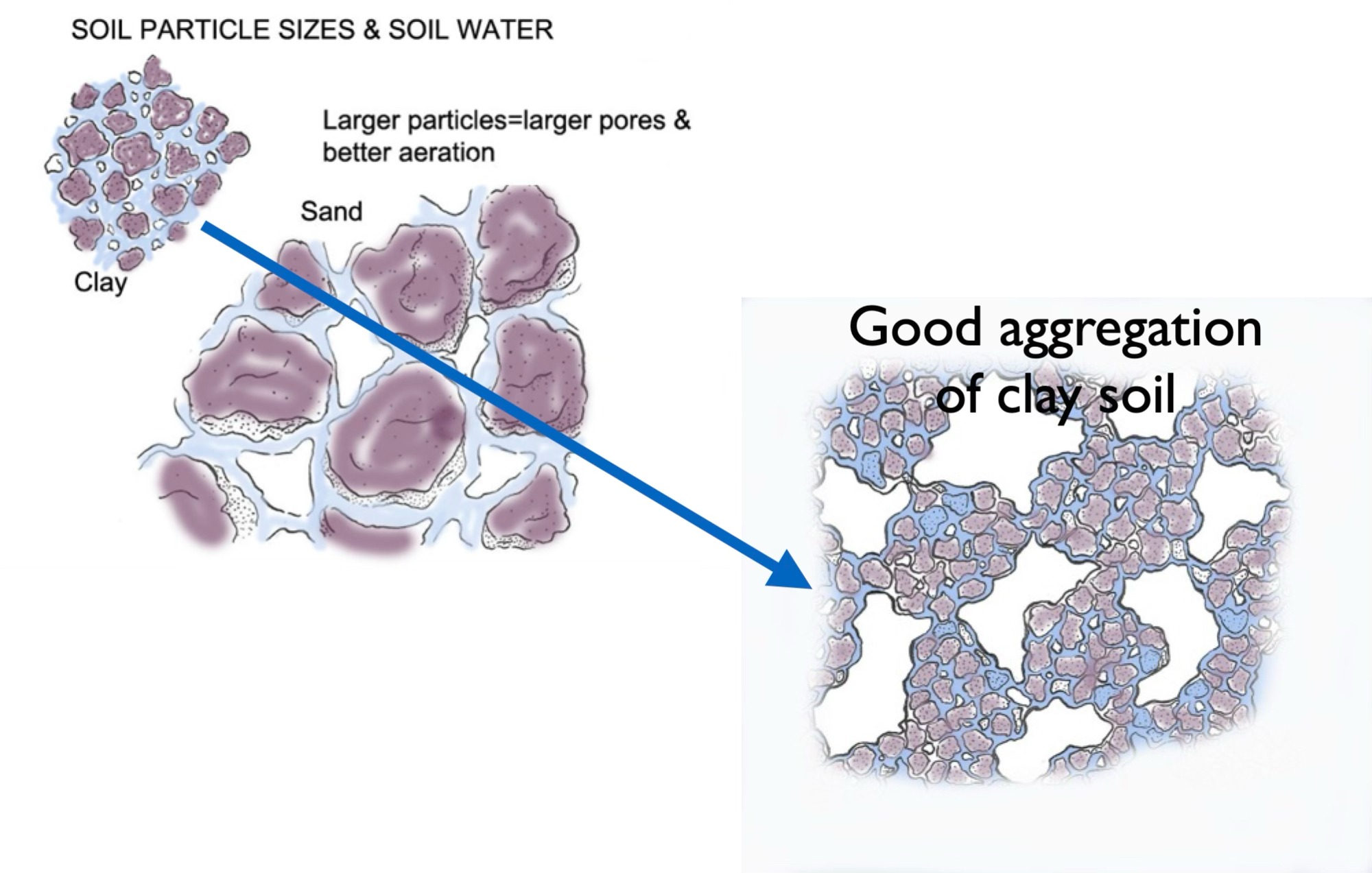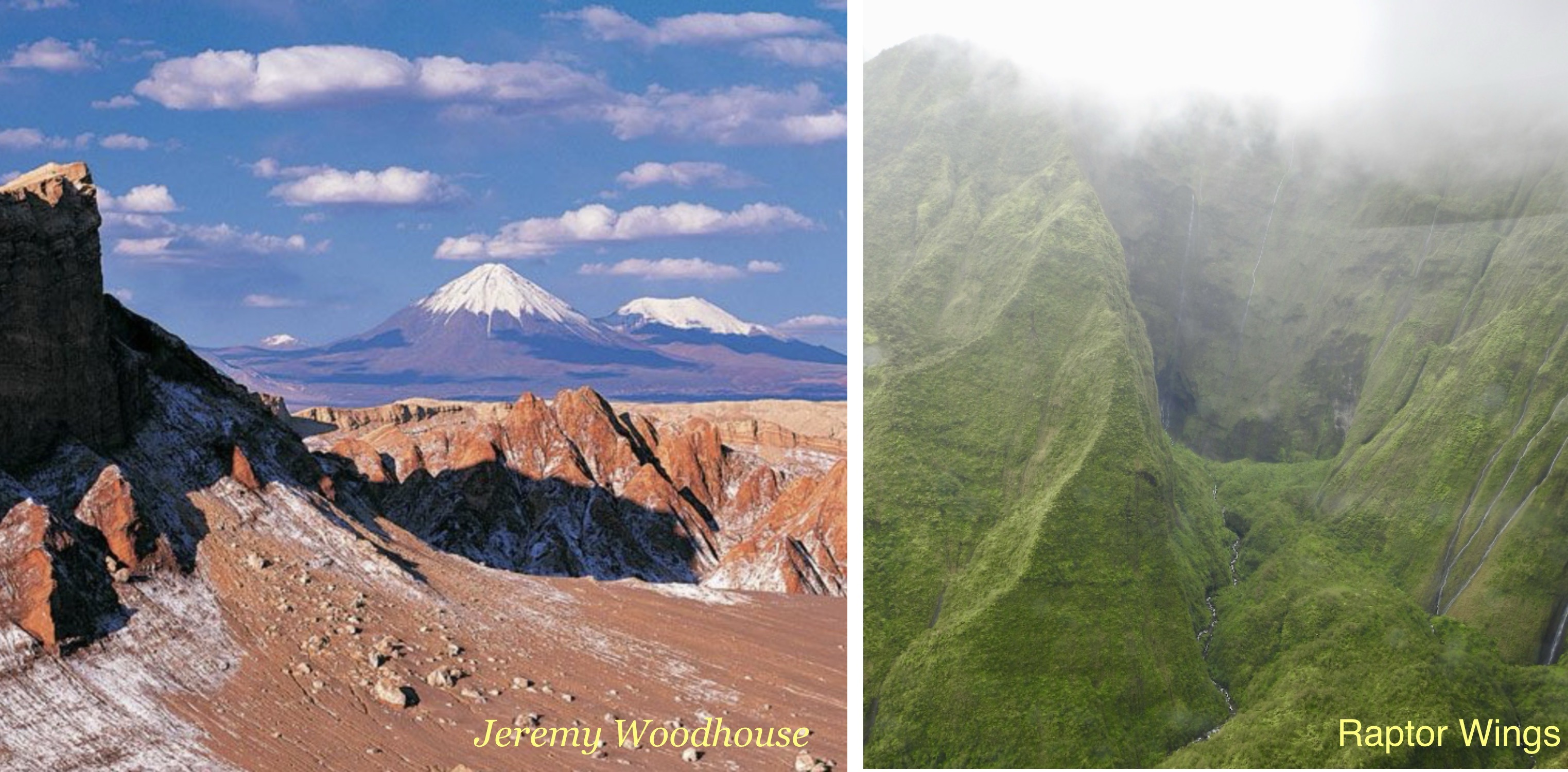UGLY WORD, NICE PLANTS
What’s a Variety
Mmmmm, how I like to bite into a cultivar. And look at the beautiful petals of a cultivar. And admire the autumn foliage of a cultivar.
A “cultivar?” What an ugly word for a plant with so many qualities.
Actually, a cultivar is any cultivated variety of plant. Get it? “Cultivated variety” contracts to “cultivar,” a word that was originally conjured about 100 yers ago, then codified in the International Code of Nomenclature for Cultivated Plants (ICNCP) in 1959. Some horticulturalists, myself included, avoid the word. As I wrote, the word is just too ugly.
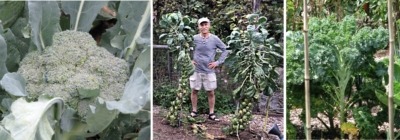
Brassica oleraceae var. botrytis, B. oleraceae var. gemmifera (with Homo sapiens), and B. oleraceae var. acephala.
Before the word “cultivar” was invented, gardeners used the word “variety,” but some people objected Read more

